Annotation
- Why do you need a facial scrub?
- How does a facial scrub work?
- Advantages and disadvantages of such means
- Proper use of facial scrub
- Choosing the right facial scrub
Facial scrubs have become popular due to their ability to effectively exfoliate, remove dead skin cells and leave your skin looking healthier and more radiant. This product is popular because of its ability to improve skin texture and prepare it to be more effective than other cosmetic products.
Also, scrubs are often associated with self-care and relaxation, which adds to their appeal. Many of them have a pleasant scent and texture that turns skin care into a relaxing ritual.
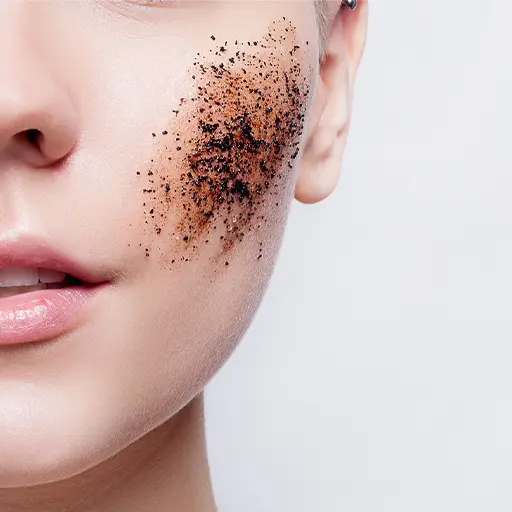
Why do you need a facial scrub?
Facial scrub plays an important role in regular skin care, helping it stay healthy and well-groomed. This tool has several important functions.
Firstly, small particles of scrub help remove dead skin cells, which promotes renewal and gives the face a fresher and more radiant appearance. This process also improves the texture of the skin.
Secondly, scrubs help cleanse pores, removing excess sebum and makeup. This plays a big role in preventing the appearance of acne and spot rashes, and also improves the overall condition of the skin.
In addition, using a scrub can improve the effectiveness of other cosmetic products, since cleansed skin absorbs active ingredients better.
How does a facial scrub work?
Facial scrub works by mechanically or chemically acting on the skin, removing dead skin cells and stimulating skin renewal. Some formulas use a combined action of mechanical and chemical cleansing.
- Mechanical exfoliation. Many scrubs contain solid particles - crushed apricot seeds, other fruits, sugar, coffee, or synthetic microspheres. When applied to the skin, these particles gently glide over its surface, removing dead skin cells. In addition to mechanical cleansing, the scrub is also used for a light facial massage, which stimulates blood circulation in the skin and helps improve its color.
- Chemical exfoliation. Some scrubs contain alpha hydroxy acids or beta hydroxy acids. These acids dissolve the bonds between dead cells, facilitating their detachment. This method is gentler than mechanical exfoliation and is good for sensitive skin. As a rule, scrubs with such substances use softer abrasive particles so as not to injure the skin.
Stimulating skin regeneration is another effect that the scrub helps achieve. By removing dead skin cells, it stimulates younger cells to actively renew themselves. This process helps improve skin texture and reduce the appearance of wrinkles.
Cleansed skin also better absorbs active ingredients from other cosmetic products, such as creams and serums. This way the scrub can enhance the effectiveness of other skin care products.
Advantages and disadvantages of such means
Scrubs provide an excellent mechanism for exfoliating dead epidermal cells. The small abrasive particles contained in these products gently massage the skin, removing dead skin cells. This process not only makes the skin smooth, but also stimulates cell renewal, making the face look more youthful.
Another advantage is that scrubs promote deep cleansing of pores. Various abrasive particles help get rid of excess sebum and makeup, preventing possible inflammation and acne. This is especially true in a modern city, where the skin is constantly exposed to a polluted environment due to dust and gases.
In addition, scrubs prepare the skin well for better absorption of other cosmetics. Thoroughly cleansed skin interacts better with moisturizers, serums and other skin care products, enhancing their effectiveness.
Among the disadvantages, we highlight the likelihood of overdoing it using a scrub. Uncontrolled and too frequent use of scrubs can damage the protective layer of the skin, causing dryness and irritation. You should be especially careful if you have sensitive skin. Abrasive particles can be too rough, causing redness and even microcracks, increasing the risk of inflammatory processes.
Some cosmetologists also point out the impossibility of using scrubs if you have active skin problems, such as acne. In such cases, consulting a dermatologist may be a better strategy, since scrubs are not considered the best exfoliants for all skin types.
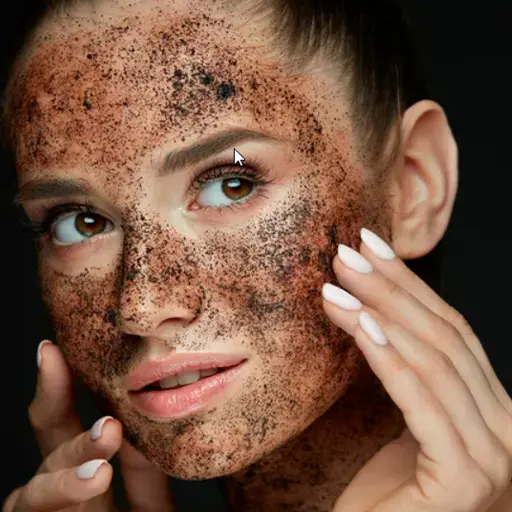
Proper use of facial scrub
Using a facial scrub requires caution and the right approach. You need to prepare a little before using it:
- Determine your skin type. Make sure the scrub you choose suits your skin type. For example, soft scrubs without large abrasive particles are suitable for sensitive skin. This category includes scrubs with artificial abrasive particles, as they most often have a rounded shape. Adjust the frequency of use depending on your skin type. Usually once or twice a week is enough to avoid the reverse effect of the scrub and damage to epidermal cells.
- Before using the scrub, make sure your skin is clean. This may include using a gentle cleanser and, if your skin has been wearing makeup, a makeup remover.
- Apply the scrub to damp facial skin, avoiding the area around the eyes. Massage the skin in a circular motion, paying attention to problem areas - forehead, nose and chin.
- Avoid excess pressure when massaging the skin with a scrub. Let the abrasive particles do their job gently without damaging your skin. When doing this, follow the directions on the packaging for how long you should leave the scrub on your skin. Typically this is a period of 2 to 5 minutes.
- Rinse off the scrub thoroughly with warm water. Make sure all product particles are completely removed from your skin.
- After using the scrub, moisturize your skin to prevent dryness. You can use moisturizer or serum. Also avoid direct exposure to sunlight. Scrubbed skin is more sensitive to the sun, so applying sunscreen is a helpful step.
Use scrubs regularly, but in moderation. Maintaining a consistent routine will help you achieve the best results.
Choosing the right facial scrub
Choosing the right facial scrub is important to achieve the desired results and prevent possible skin problems.
When choosing a scrub, first consider your skin type. For dry skin, choose scrubs with soft, moisturizing ingredients, such as oils. For oily skin, stick to scrubs with beta hydroxy acids or salicylic acid to combat excess sebum. Sensitive skin should avoid scrubs with large particles. Give preference to soft scrubs with gentle abrasives.
Also pay attention to the type of scrubbing particles.
If you want a gentler exfoliation, choose scrubs with fine abrasives - such as sugar or finely ground seeds, as well as synthetic fine particles.
For more intense exfoliation, scrubs with larger particles are more suitable, but be careful not to damage the skin.
Look for scrubs that contain moisturizing ingredients. Hyaluronic acid or aloe vera will help prevent dryness that skin may experience after using a scrub.
Avoid products with overly aggressive scents, especially if you have sensitive skin. Some fragrances may cause an allergic reaction, so be sure to test the scrub on a small area of skin before using it on your face. To choose high-quality scrubs for any skin, go to our store catalog.
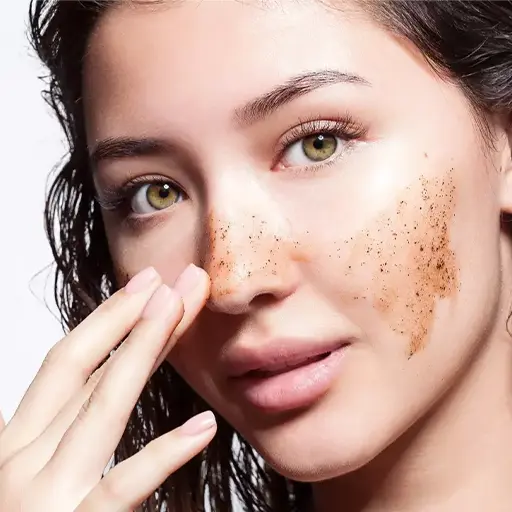


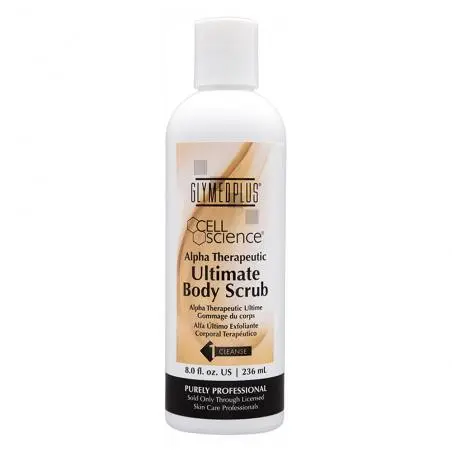
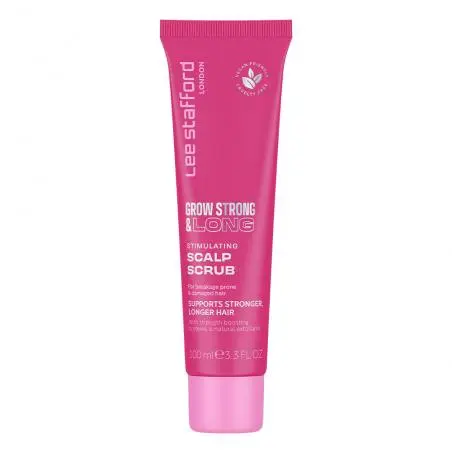
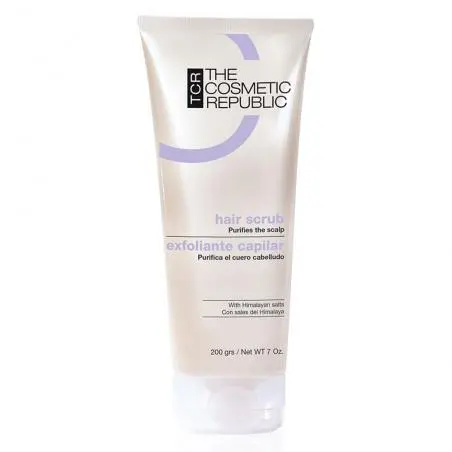
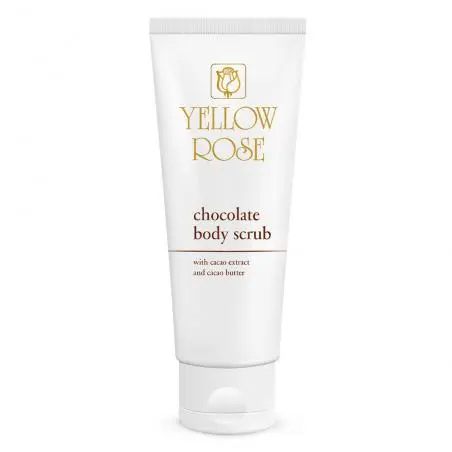
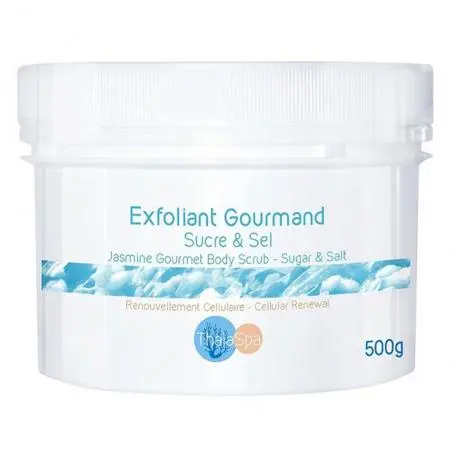

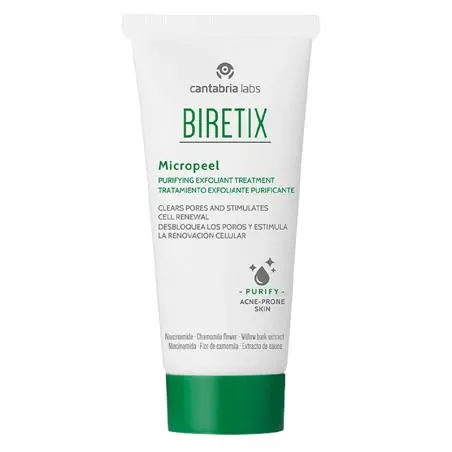

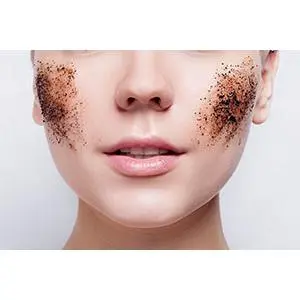
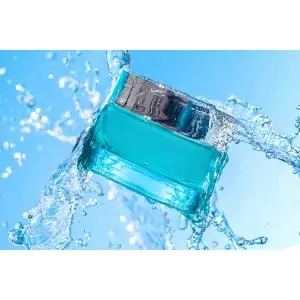
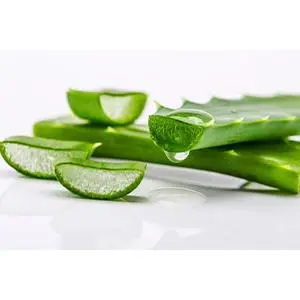

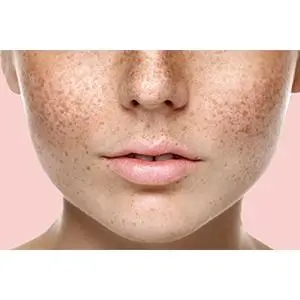
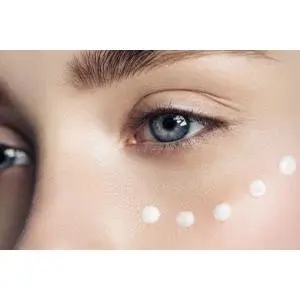
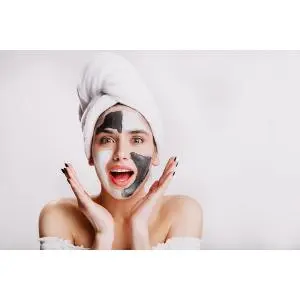
Comments
Leave your comment